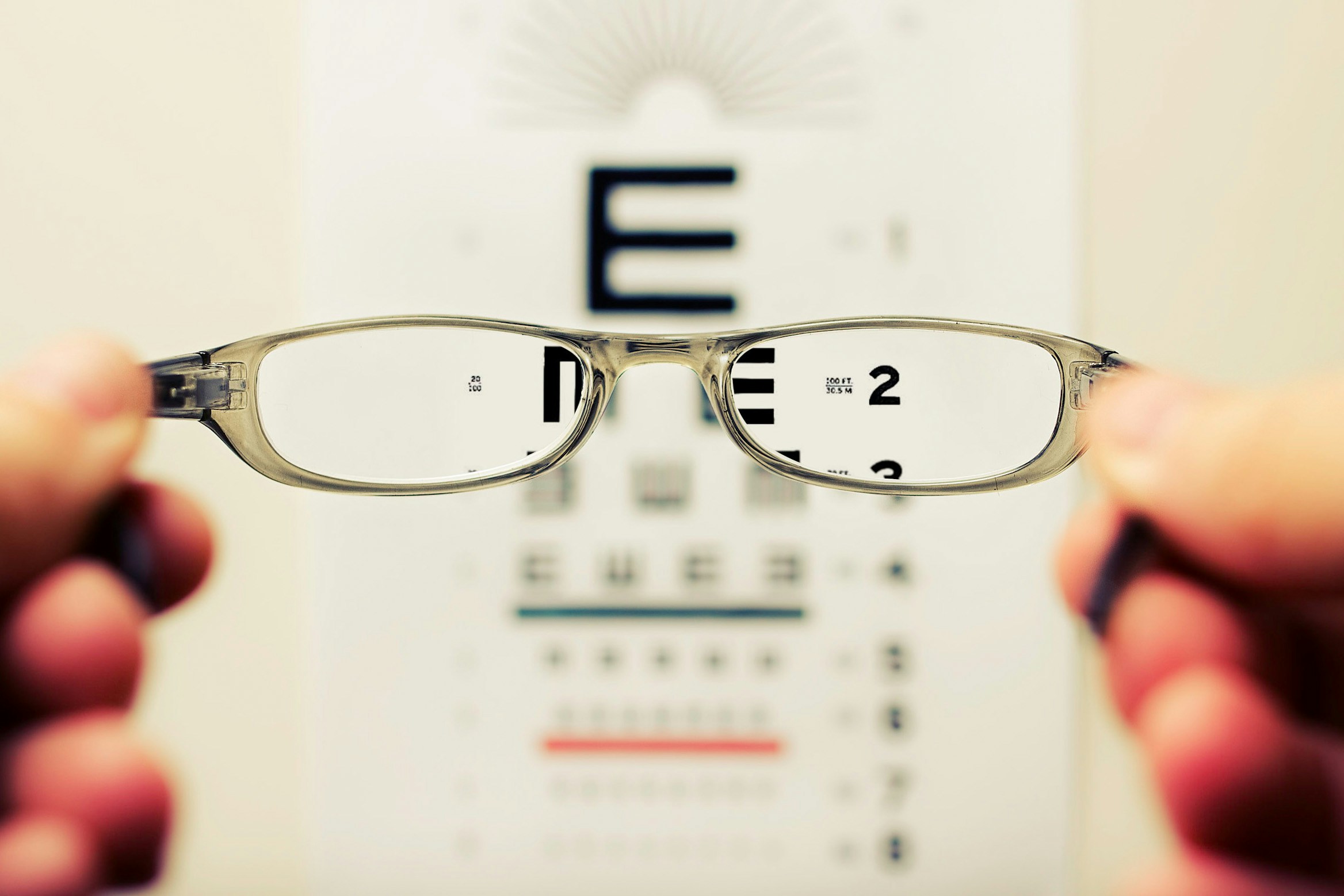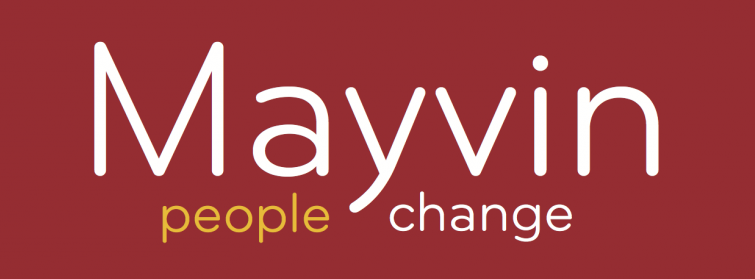Autism is close to our hearts
There are many issues and causes that we could write about, but we feel it makes sense to write about what we know. Autism is a subject close to our hearts at Mayvin, as a few of us have family members with autism. And that includes me. Because of this, Mayvin has made charitable donations to two charities in the last couple of years which help people and/ or their families with autism. (Amaze and Ambitious About Autism.)
This year the Brighton Marathon is on the same day as the same day as World Autism Awareness Day. I have signed up to run, it will be my first marathon and I am raising money for Amaze.
What is autism and why have an autism friendly workplace?
I don’t know how much you know about autism, but even with a family member with autism, I find it hard to explain at times. The saying goes that if you meet one person with autism, you have met one person with autism. Every autistic person is different. They will experience it and come across very differently. There just isn’t a simple explanation for what autism means for a specific person.
One explanation that has helped me to understand it better as a concept though, is to imagine the centre of a wheel with spokes sticking out of it. Each spoke represents a sliding scale for a particular feature of autism. It is commonly said that we are all on the spectrum. But with autism, the person with autism tends to be at the extreme end of some of those spokes. And so if you joined up where they sit on each spoke, the line would go up and down, along and around in a strange kind of spiky circle.
They might have autism and...
Often there are also co-morbidities with autism, meaning that autistic people may be neurodiverse in other ways too. For example someone with autism could also have ADHD and/or dyslexia, Tourettes, dyscalculia and so on.

Some of the features of Autism are
(Please note this is not an exhaustive list or any kind of official diagnostic list. There is so much to it and if you want to learn more about it take a look here: Signs of autism.)
Sensory processing issues are where someone has a particular preference, or need, which might be considered extreme in relation to one or more of the senses. Perhaps the person is particularly sensitive to noise. They might need to be in a very quiet environment as much as possible. Or at the other end they love loud noises and really enjoy going concerts and night clubs. One end of the spoke is the need for quiet and the other end is the need for loud noises. Another spoke could represent light. Some people might love bright sunshine and spend hours in it. While others might be very sensitive to light and need to avoid it as much as possible. Perhaps they need to wear sunglasses all the time.
Having a particular preference over noise or light or sensory things can already start to impact on socialising with others. But there are other possible features that can make things tricky. For example:
- They may have issues with facial recognition. If you have met someone already and you can’t remember their name or their face, it is embarrassing. And it might come across as rude. Keeping that spoke analogy in mind, they might be unusually good at remembering names and faces.
- Perhaps they find it difficult to read other people’s facial expressions and body language. It could be easy to come across as insensitive and uncaring because they missed a cue. Or perhaps they are highly emotionally intelligent but are oversensitive to other people’s feelings and emotions because they are so aware of them.
- Some people might have difficulties judging space and time. Being early or late for things, or standing too close to people, or perhaps too far away.
- It might be difficult to navigate a simple conversation. Some autistic people talk so much, that other people don’t get a chance to talk. Others might say very little and it can be hard to get to know them.
- Autistic people can take things very literally and miss nuances and jokes.
Special interests can often be a feature of autism. It’s where an autistic person becomes interested in a topic and does a deep dive into it, perhaps for years. This can have it’s downsides depending on the interest, but can also be a real advantage in the workplace. They may become an expert in their field. Or be able to stay motivated for a long time to get something done, when other people may have got bored or given up long before.
Why can it be difficult for autistic people in the workplace?
If an autistic person is trying to fit into an environment that isn’t right for their needs, it can be tiring, draining, distressing and very difficult for them. And they are going to find it much harder to do their job.
It’s like asking someone who needs glasses to write a report without them. Or asking a novice runner to keep up with someone who is training for a marathon.
It’s no surprise then, that autistic people who are overstretched sometimes end up having meltdowns. An autistic meltdown can come in a variety of shapes and sizes including crying, hiding, getting angry, rocking and more. Creating an autism friendly workplace can help to avoid this.

How can you create an autism friendly workplace?
Autistic people need to be in an environment which accommodates their needs as much as possible. And the only way you will know what their needs are, is if you ask them.
It is also possible that they haven’t got an autism diagnosis, or even know that they are autistic themselves, but they still have these needs. I think this is because a lot of people don’t really know what autism is or what it means. In previous generations it wasn’t recognised as much. So in that case, an environment where people feel comfortable asking for their needs to be met with or without a diagnosis is so helpful.
In fact the process of finding out what someones needs are and accommodating them is only partially helpful. The other piece of the puzzle is having a culture where people feel safe to be themselves without fear of judgement, bullying or it impacting negatively on their career. It’s one thing to be allowed to wear ear defenders to work, it’s another thing for everyone in the team or office to be respectful to the person wearing the ear defenders.
What Mavyin does
We are not claiming to be experts, and are constantly learning and improving, but some things we do that help are:
- We acknowledge our humanity and fallibility by talking about our blunders at our weekly business meetings
- We aim to hold things lightly and if there is an issue, we feel safe to talk about it and can move past it.
- We are a virtual company, which means that we have less social interactions which can be quite tricky to navigate. It also means that people can be in control of their sensory environment – sound, light, temperature, smells and so on.
- We are kind and thoughtful to each other and put people first. Regular check-ins give everyone air time and a chance to be heard.
- We are listened to and our differences are celebrated. We did an MBTI (Myers-Briggs) questionnaire to see how we were similar and how we were different and we recognised it can be a weakness if there are too many similar people in a room.
- We are trusted to get on with our work and to pursue our interests within the remit of our work.
Mayvin really does feel like a breath of fresh air and a wonderful environment to work in for people whether they are autistic or not.
I hope this article was helpful in raising a bit of awareness about what autism is and how to have an autism friendly workplace. For more information about how to have an autism friendly workplace, take a look at the National Autistic Societies guide to accessible environments.

